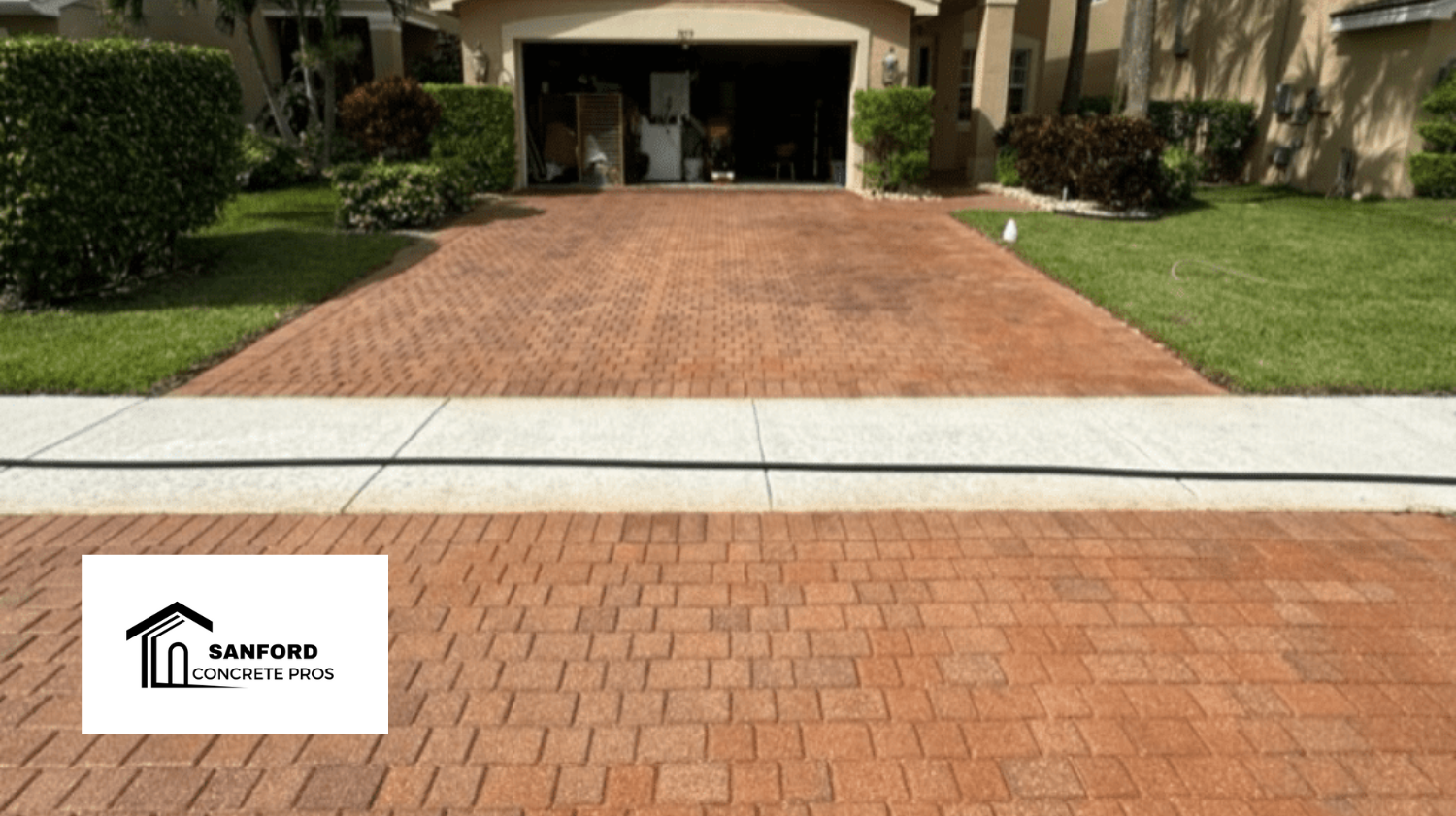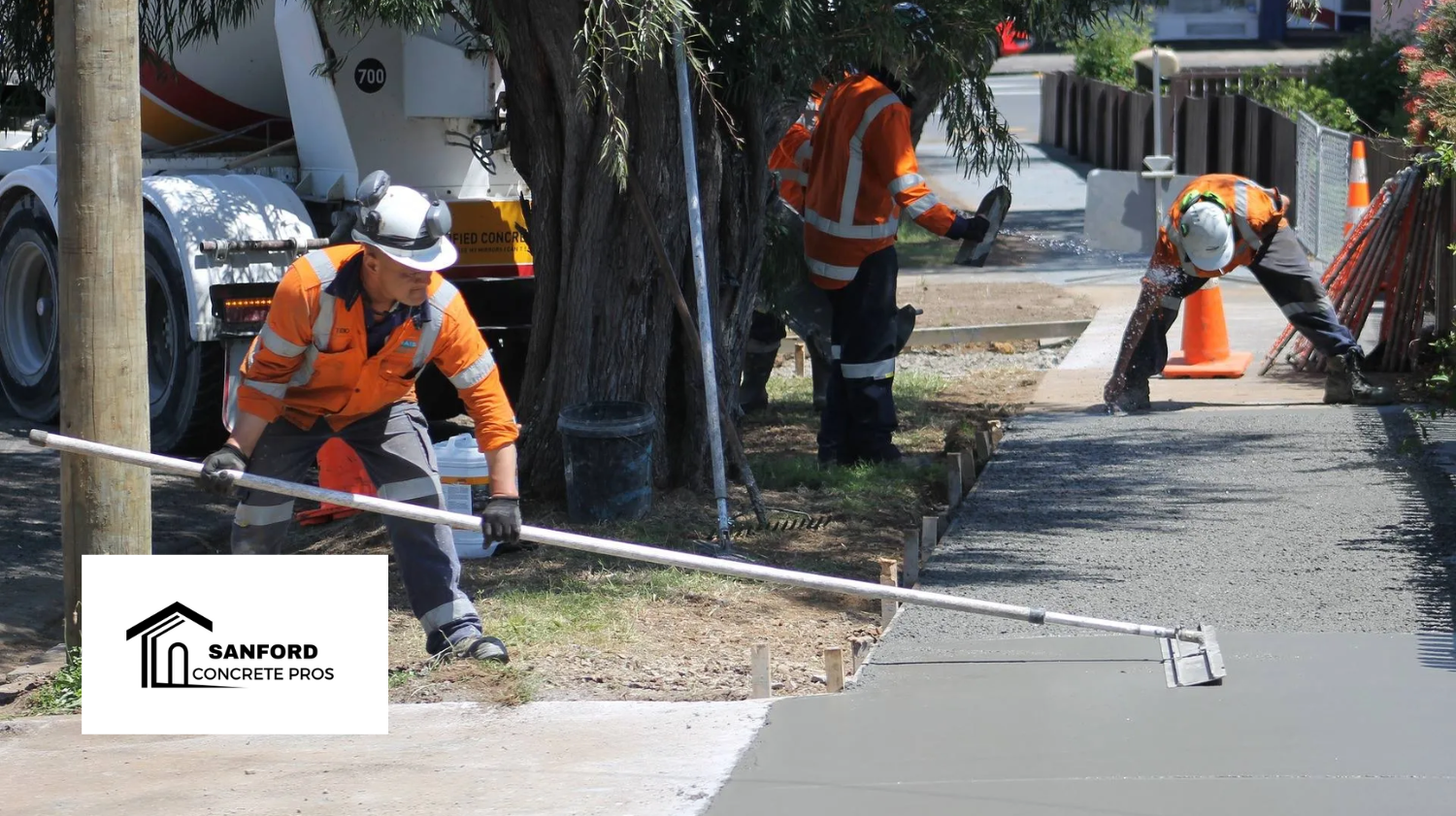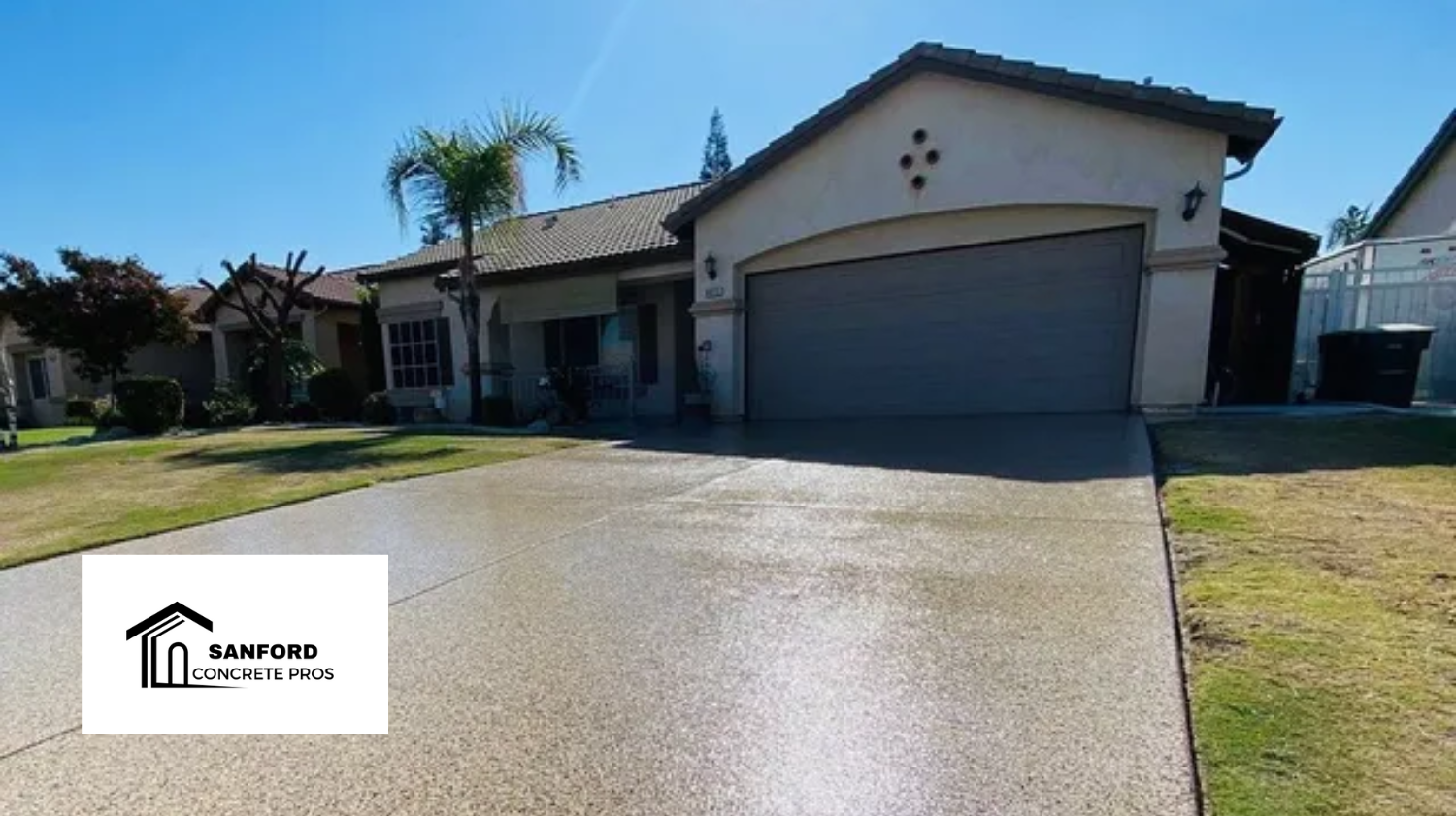Benefits of Using Concrete in Construction
Benefits of Using Concrete in Construction
Concrete is one of the most widely used construction materials worldwide, and its reputation as a sustainable building option is growing. From energy efficiency to longevity, concrete offers several environmental benefits that make it an attractive choice for modern construction. In this blog, we will explore how concrete contributes to sustainability and why it is a favorable material for environmentally-conscious builders in Sanford and beyond.
1. Longevity and Durability
One of the key environmental advantages of concrete is its longevity. Concrete structures are known for their durability, often lasting decades or even centuries with minimal maintenance. This long lifespan reduces the need for frequent replacements, which can consume additional resources and energy. According to the Portland Cement Association, concrete can withstand harsh weather conditions, making it an ideal choice for various climates, including Florida's humid subtropical environment.
2. Energy Efficiency
Concrete also plays a significant role in energy efficiency. Its thermal mass helps regulate indoor temperatures, reducing the need for heating and cooling systems. This can lead to lower energy consumption over the life of a building. The U.S. Department of Energy highlights that concrete can absorb and store heat during the day and release it at night, contributing to energy-efficient homes and commercial buildings.
3. Recyclability
Another notable benefit of concrete is its recyclability. When a concrete structure reaches the end of its life, the material can be crushed and reused as aggregate for new concrete projects. This reduces waste and minimizes the demand for new raw materials. The National Ready Mixed Concrete Association states that recycled concrete can be an excellent base material for new construction, further contributing to sustainability in the building industry.
4. Reduced Carbon Footprint
While concrete production does release CO2 emissions, recent innovations are making the process more sustainable. For instance, the use of supplementary cementitious materials (SCMs) such as fly ash and slag can reduce the amount of Portland cement needed, lowering overall emissions. Furthermore, advancements in carbon capture technologies are being explored to mitigate the environmental impact of concrete production.
5. Low Maintenance Requirements
Concrete requires minimal maintenance compared to other materials, such as wood or asphalt, which often need regular repairs or replacements. This low maintenance translates to fewer resources consumed over the life cycle of a building. As a result, using concrete in construction can lead to significant reductions in long-term environmental impacts.
In summary, concrete is a sustainable building material that offers numerous environmental benefits. Its longevity, energy efficiency, recyclability, and low maintenance requirements make it an ideal choice for builders looking to reduce their ecological footprint. By choosing concrete, homeowners and businesses in Sanford can contribute to a more sustainable future without compromising on quality or aesthetics.










